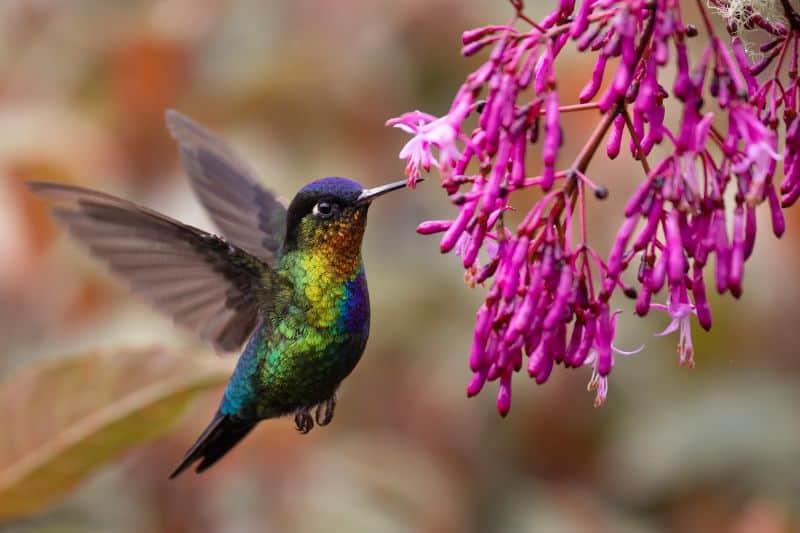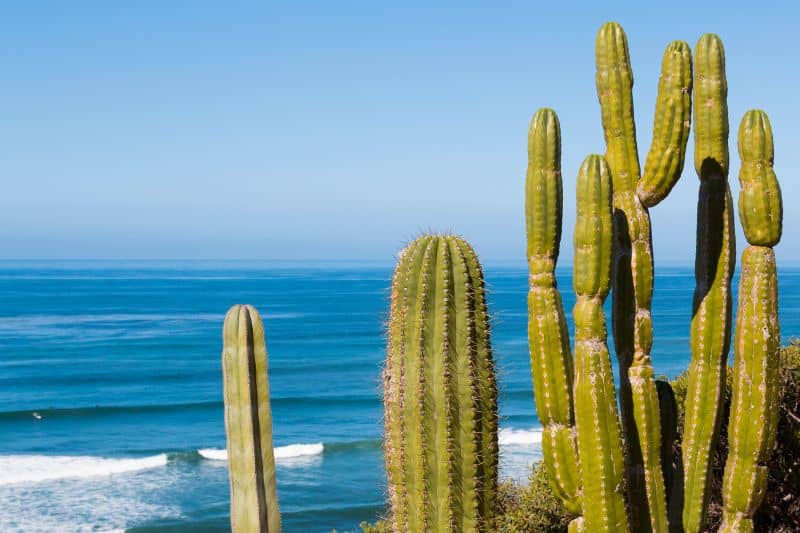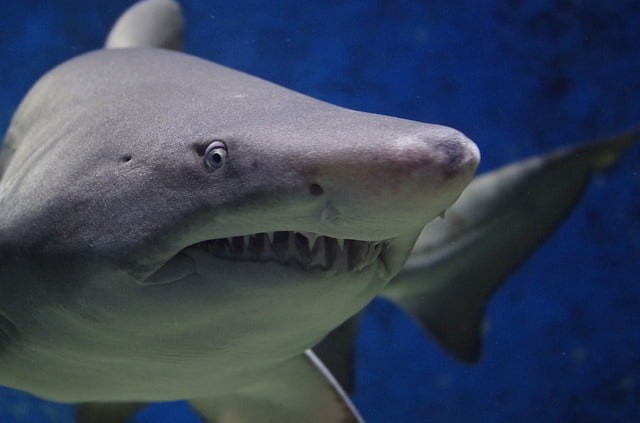Keystone species are those whose presence and role in an ecosystem is paramount to the point that they have a disproportionate effect on other organisms within the system.
Ironically, though they have a lasting effect on the ecosystem, they are the least in count, which makes their presence highly significant. Usually, keystone species are dominant or apex predators whose presence keeps the ecosystem balanced.
Conversely, the removal of a species allows the thriving of the prey population, which in turn decreases the biodiversity of the ecosystem and vice-versa. Most importantly, they help to determine the specific numbers of other species in the community.
Nonetheless, there are keystone species that are not at all predators but still have a lot of impact on their community.
But the question still lingers — what are some of these keystone species?
Well, this article will highlight examples of keystone species in their respective ecosystem, along with their respective roles.
Examples of Keystone Species
Some of them include:
1. Sharks

This fish is one of the largest in size in deep waters. It is an avid predator that feeds on fishes of all kinds, making it the keystone species in deep waters. Sharks have been the regulators of life in the deep water ecosystem, given that they feed on living fishes in the water, the sick and the weak.
Therefore, sharks not only keep the count of fish manageable but also reduce the chances of diseases from the sick and dead ones.
There are a lot of fish species in the water, and the level of fertilization ensures a very high population in the marine world. With limited seaweed and food reserves in water, they would grow extinct. It is for this reason that sharks are essential in marine ecosystems.
2. Sea Otter

This is a mammal in the North Pacific Ocean, that feeds on sea urchins, thus maintaining the coastal marine ecosystem. These sea urchins derive their food from kelp, a seaweed that also acts as the main source of food for living organisms such as snails, crabs, and geese in the ecosystem.
So, what makes sea otter a keystone species?
Well, their presence regulates the presence of the sea urchins and thus, kelp is regulated for all organisms in the ecosystem. They help to keep enough kelp for other wildlife to feed on.
Also, due to their ability to absorb carbon dioxide, the kelp aids in mitigating climatic change and also reduces erosion by reducing the speed of water at the coast.
However, if there were too many sea urchins and no sea otter to regulate their production, the kelp would reduce, and without food for other organisms, the ecosystem would collapse. As a result, the sea otter protects the kelp forests by checking the local sea urchin population.
3. Snowshoe Hare

Unlike most keystone species, snowshoe hares are prey for a lot of predators in the Canadian Boreal forests. In fact, it’s the biggest source of food for carnivals in the forest. Consequently, its extinction would have adverse effects on the ecosystem. The snowshoe hare is in large populations in the forests, contrary to other keystone species.
It becomes a keystone species in its ecosystem because it holds the balance of the prey and the predator. Its presence ensures the thriving of the ecosystem, whereas its extinction would subsequently lead to the end of the ecosystem as the prey would be forced to switch to other sources of food whose natural replenishment potential may not be as impressive.
4. The African Elephant

The biggest mammal on land is also a keystone species. It is found in Africa, and its role as a keystone species lies in its destructive force on trees and consumption of young saplings of the savannah grasslands. The savannah grasslands are home to many grass-eating herbivores, such as the zebras, buffaloes and antelopes.
The consumption of the saplings by the elephant ensures that the grassland remains the same rather than turning to woodland. It reduces the number of trees and increases the spaces occupied by grass and, thus, ensures enough grazing lands for the myriad of herbivores present in the savannah.
Rodents such as hares and mice depend on grass, and their count is also maintained. In the long run, the African elephant enables large predators to have a bountiful count of prey.
5. Prairie Dogs

These are rodents found in the grasslands of North America. Like the snowshoe hare, they are prey to a lot of animals, from eagles to wolves. As a result, they act as keystone species by keeping the number of predators constant when maintaining their own numbers constantly replenished.
Besides maintaining a balance in the food chain, these rodents are known for their expert burrowing, which makes habitats for some of the predators, such as the ferrets.
In addition to habitat, the burrowing leads to mixture, fertilization and aeration of the soil, allowing more plant species to thrive. As herbivores, these rodents trim the grass, allowing other plant species to thrive. The trimming also reduces water loss to the atmosphere through evaporation and transpiration, thereby maintaining the vegetation.
6. Starfish

The starfish is a keystone species in the marine life. Like the shark, it also maintains the ecosystem in the deep waters. It is a predator that feeds on mussels, a group of animals belonging to several families of bivalve molluscs.
One thing about mussels is that they grow on the rocky terrain inside the water, reducing the growth of other species that depend on the rocky surfaces for establishment.
Starfish, therefore, aids in controlling the amount of mussels in the water and also promotes the growth of other species on the rocky surface.
In one study, removing the starfish in an experiment led to the subsequent increase in the mussels. This was soon followed by competition for space with other species, where the dominant and strong species outgrew the others on the rocky terrain.
In about a year, the different species had reduced by half, but the reintroduction of the starfish brought a balance to the ecosystem.
7. Gray Wolves

These wolves are found in the Greater Yellow Ecosystem and are the major keystone species. The ecosystem is vast, including forests, mountains and meadows. It is home to many prey, the most dominant being the elk, rabbit and birds. And with the vast varieties of herbivores, there is a chance of competition for grazing lands, which is where this wolf comes in.
A gray wolf feeds on these herbivores and reduces competition, thus regulating the amount of grass in the ecosystem. The wolf also feeds on a wide variety of birds, keeping the avian population in check.
The Gray wolf has enabled the continuation of the various endangered bird species in the ecosystem.
Late into the 19th Century, the US government, fearing for the population of elks and livestock, decided to take the wolf away from the ecosystem. The effects were disastrous.
There was overpopulation of the elk, leading to competition for food. Other organisms that depend on grass, such as fish and beavers, also faced extinction. Overpopulation brought about overgrazing, and the land started eroding.
The reintroduction of the wolves into the ecosystem brought back a balance, clearly highlighting their invaluable role in the ecosystem.
8. Grizzly Bears

These bears are keystone species for various reasons. For starters, they control the population of salmon in the water, a fish species whose growth would prove cumbersome to the existing population of seaweeds, and consequently affecting the ecosystem. Unlike most carnivores, the grizzly bear favours this prey over herbivores and thus keeps life in the water ecosystem.
Also, the bear is known for its ‘gardening’. Unlike other carnivores, the bear takes its spoils deep into the forest to consume it. The carcasses of the fish carried from the riverside end up rotting and fertilizing the soil, thus supporting the growth of strong trees.
In addition to this, they also feed on plant roots. As they dig up the roots, they aerate the soil and mix it up with humus generated from the fallen leaves and the carcasses left.
9. Hummingbirds

These are often referred to as keystone mutualists due to their mutual role. They are key agents of pollination and, by doing so, aid in the growth and spread of certain plant species.
A single hummingbird can pollinate over a large area. This means that the disappearance of the bird would lead to a decline in the vegetation cover in the forest, followed by a subsequent end of some plant species that were specifically pollinated by the hummingbird.
Hence, these birds protect the forests, providing a habitat for thousands of animal species.
10. Saguaro Cactus

This specific cactus grows in the desert. It is not only a keystone species but also a keystone host since it is a natural habitat for a myriad of species. It offers proper nesting surfaces for large birds, such as hawks and smaller ones, like woodpeckers.
All these possibilities are attributed to its well-shaped branches, which provide suitable nesting spots. Also, the fruits of the cactus tree serve as food for the birds during the drier parts of the year, serving as their only staple food.
11. Figs

Though a plant, the fig tree is a keystone species. It is a food resource for both the animals and birds. Its leaves are edible to animals, but it is its fruits that are mostly sought after.
These fruits, present in all seasons, provide food during the dry season when there is no animal food. As such, without figs, a number of birds and animals would disappear from the ecosystem.
12. Beavers

These animals are hunted not only for their fur but also for their destructive force on the waterways. They are known to divert or block waterways, which is problematic for most people. However, some fish species, such as salmon, have found suitable habitats because of the beaver dams.
As keystone species, beavers alter the ecosystem and provide wetlands to areas with no water reservoir. Such dams provide animals with proximity to drinking water in the forests, thus enhancing wildlife.






